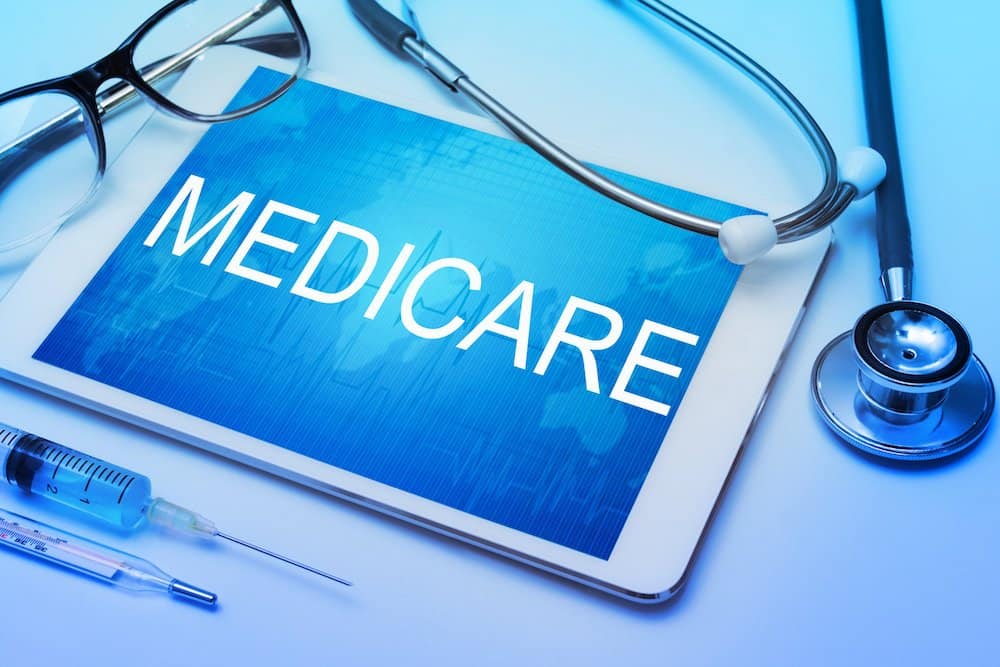Image by 123RF
By Gordon Jaye
COVID-19 created a lot of changes and upheaval in the healthcare industry – and this is no more true than in the Medicaid sphere. To offset job and income losses, and ensure patients stay covered, Congress enacted the Temporary Increase of Medicaid FMAP as part of the Families First Coronavirus Response Act, which also included the COVID-19 public health emergency (PHE). Through this legislation, Medicaid enrollees could continue their coverage without interruption through what’s known as the “continuous coverage” requirement.
According to the Kaiser Family Foundation, “The requirement drove Medicaid and CHIP enrollment to a record 85 million people, an increase of 19% since the start of the pandemic. The PHE has kept millions of people covered during the pandemic, ensuring they have access to essential health care services.”
The PHE was due to end on July 14. On July 15, The Department of Health and Human Services (HHS) Secretary Xavier Becerra announced that the emergency will be extended again for another 90 days. If extended, state Medicaid programs will continue to receive federal funding as long as they do not remove patients from the Medicaid rolls. As a rise in omicron variants continues, advocacy groups are pushing for another extension of the PHE. In addition, the legislation requires that states receive a 60-day notice before the end of the PHE takes effect.
However, the PHE will eventually end, and states will resume eligibility redeterminations for the more than 78 million people enrolled in Medicaid and the Children’s Health Insurance Program; according to reports, as many as 16 million individuals are expected to lose Medicaid coverage as a result. Providers need to prepare for the effects of those adults losing Medicaid coverage. With careful forethought, several steps can ease the transition and help many individuals remain insured. The Center for Policy and Budget recommends that both states and providers take steps now to prepare for the eligibility and enrollment needs of Medicaid enrollees and applicants.
These actions include staying up to date on your state’s strategies for the end of the PHE, which will vary greatly by state. Providers can monitor their state’s plans to learn how Medicaid agencies are planning for the resumption of eligibility and enrollment operations. With the requirement to give each state a 60-day notice of the PHE ending, careful monitoring will provide time to begin necessary adjustments.
Providers can also begin planning now to assist Medicaid enrollees. This support throughout the renewal process can ensure that Medicaid-eligible enrollees do not lose coverage after the PHE expires. Providing clear and consistent information to support enrollees who want to renew – and to those who wish to transition to other insurance programs – can greatly reduce both the numbers of Medicaid enrollees who lose coverage and the number of uninsured individuals.
Specific assistance includes coordinating staff or volunteer training so that they can help eligible patients with completing and submitting renewal forms on time. Staff or volunteers can ensure that all required documents are filled out accurately, on time, and that all documentation is complete.
Staff or volunteers can also assist people with:
- Lost eligibility due to improperly completing the reinstatement process or missing renewal deadlines
- Applying for Marketplace or other available coverage, if the individual is no longer Medicaid-eligible
- Communicating about planning, outreach, and assistance initiatives, such as:
- Scheduling appointments to help patients renew coverage
- Sending reminders to patients regarding the need to renew coverage
- Increasing staff time on enrollment activities and/or adding new staff
We do not know when the PHE will end, but we know it is on the horizon. The closing of Medicaid’s continuous coverage requirement poses tremendous challenges if stakeholders are not prepared. The positive momentum of having millions more people covered by health insurance could quickly be reversed. Early planning and more extensive communications and patient support are essential to significantly reduce that risk.
Gordon Jaye is Senior Vice President & General Manager Medicaid Services, Aspirion.
The Editorial Team at Healthcare Business Today is made up of skilled healthcare writers and experts, led by our managing editor, Daniel Casciato, who has over 25 years of experience in healthcare writing. Since 1998, we have produced compelling and informative content for numerous publications, establishing ourselves as a trusted resource for health and wellness information. We offer readers access to fresh health, medicine, science, and technology developments and the latest in patient news, emphasizing how these developments affect our lives.









